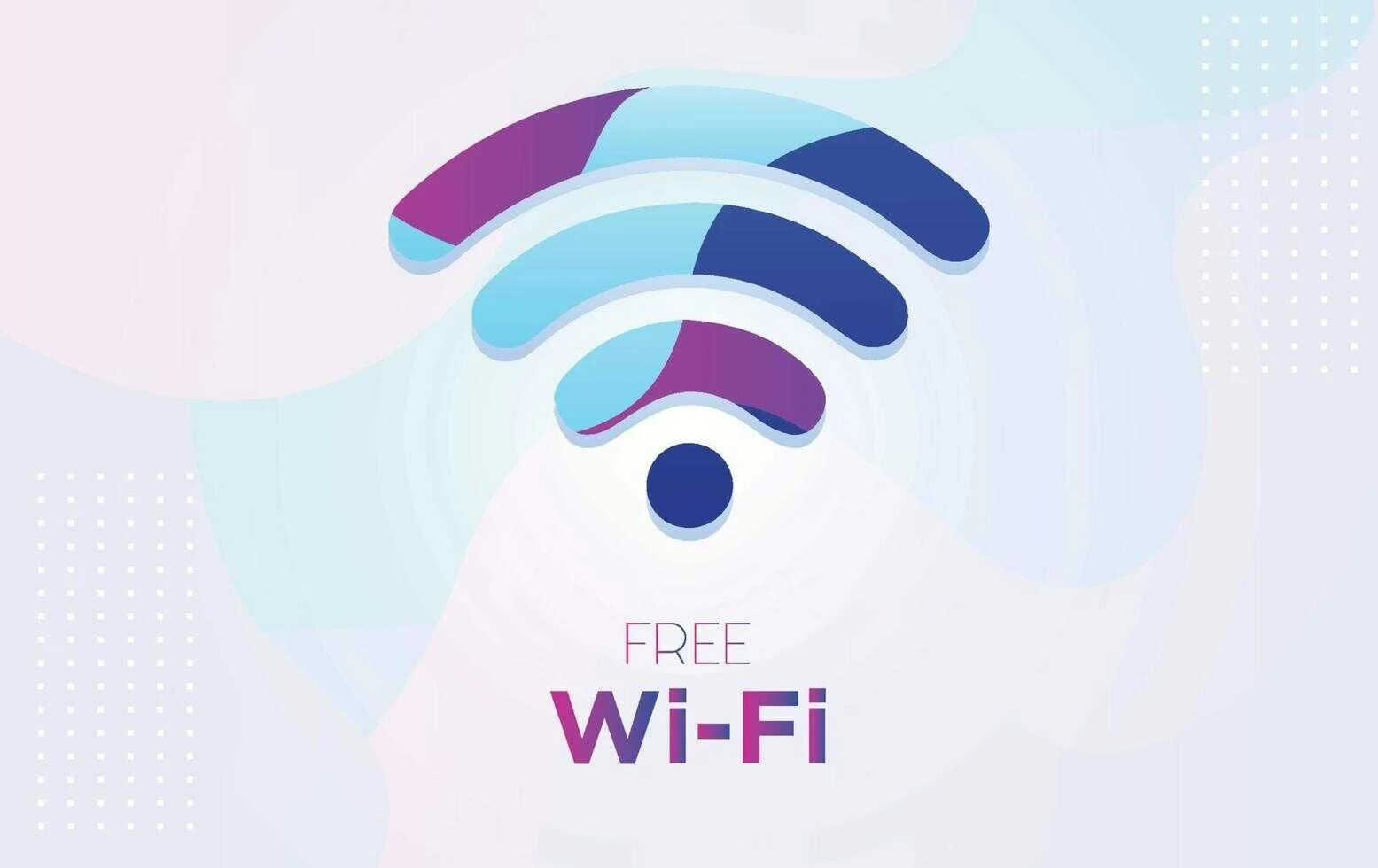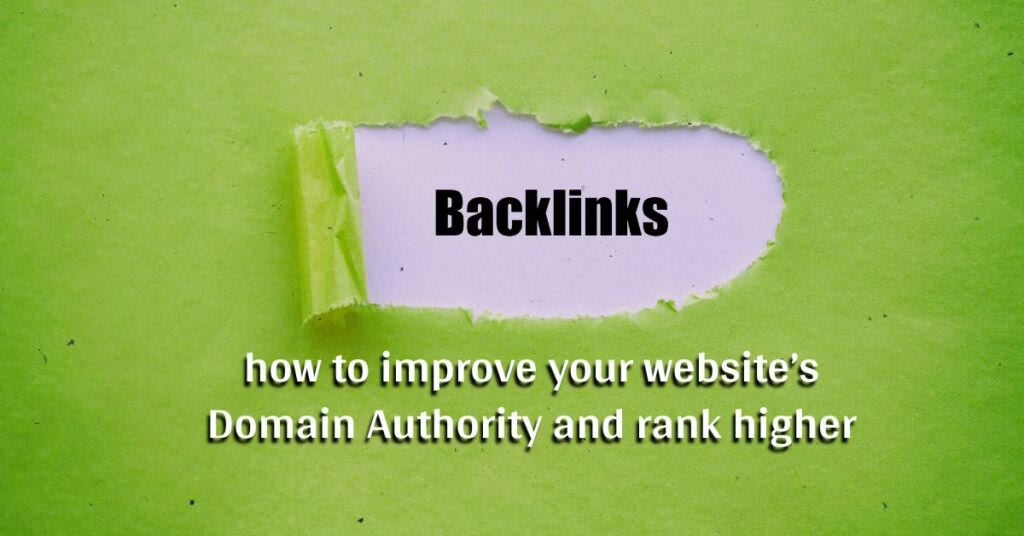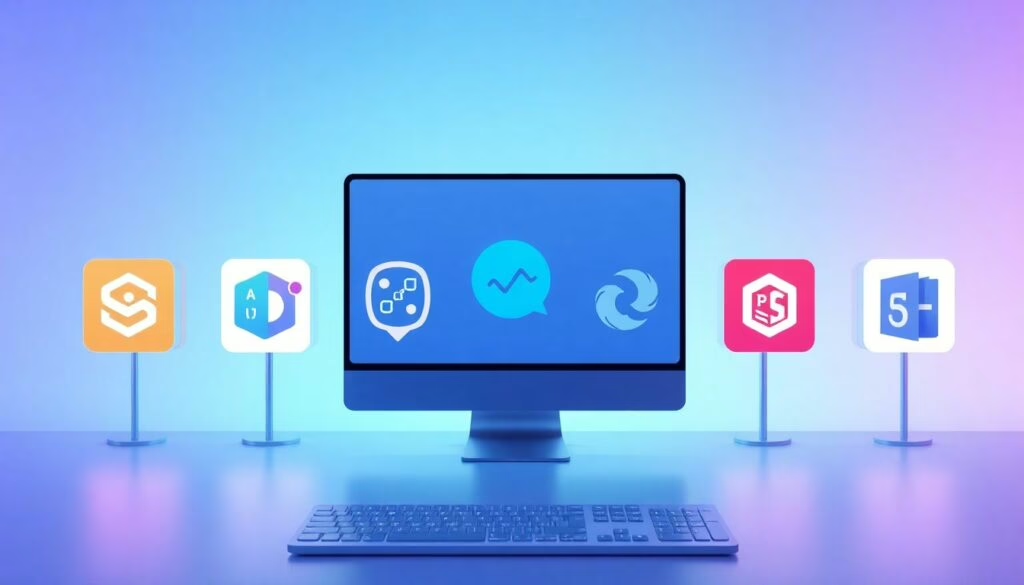Public Wi-Fi networks have become an integral part of our digital lives. Available at places like railway stations, airports, coffee shops, hotels, and bus stands, these networks allow users to connect to the internet without consuming their mobile data. In recent years, initiatives like the PM-WANI (Prime Minister Wi-Fi Access Network Interface) scheme in India have further expanded public Wi-Fi access, providing internet services in public spaces.
While public Wi-Fi networks offer convenience, they come with significant security risks that every user must understand. Cybercriminals often target these networks, making users vulnerable to scams, data breaches, and identity theft. Let’s delve deeper into what public Wi-Fi is, its potential risks, and how you can use it securely.
What Are Public Wi-Fi Networks?
Public Wi-Fi refers to internet networks available in public spaces for everyone to use. These networks are typically either open (no password required) or secured (password-protected), but even password-protected public networks are not inherently safe.
Common Places with Public Wi-Fi:
- Airports: Often used by travelers for quick internet access.
- Railway Stations and Bus Stands: Provide connectivity during travel.
- Hotels and Coffee Shops: Offer Wi-Fi as part of their services to guests.
- Malls and Public Parks: Designed to enhance user convenience.
While the availability of free or low-cost Wi-Fi might seem like a blessing, it is essential to question how secure these networks truly are.
Risks Associated with Public Wi-Fi
The convenience of public Wi-Fi comes at a cost. Below are some of the significant risks associated with using these networks:
1. Open Networks and Lack of Encryption
Public Wi-Fi networks often lack robust encryption protocols. Unlike private networks, they do not adequately protect data transmissions, leaving sensitive information like login credentials, financial details, and personal messages exposed.
2. Fake Hotspots
Cybercriminals can set up rogue Wi-Fi networks with names resembling legitimate ones, tricking users into connecting. Once connected, attackers can intercept and steal users’ data.
3. Man-in-the-Middle (MITM) Attacks
In this type of attack, hackers intercept communications between your device and the public Wi-Fi network. This allows them to monitor and modify your data in real time, potentially stealing sensitive information.
4. Malware Risks
Hackers can exploit public Wi-Fi networks to inject malware into connected devices. Malware can steal data, track activities, or cause significant damage to your system.
5. Session Hijacking
Attackers can hijack your active sessions on websites, such as social media or email platforms, gaining unauthorized access to your accounts.
6. Cyber Scams and Financial Fraud
In August 2024, a report revealed that residents of Bengaluru lost ₹845 crores in cyber scams during the first half of the year. Many victims had used public Wi-Fi before conducting online transactions, highlighting the risks of connecting to such networks.
Key Examples of Public Wi-Fi Risks
Real-Life Incidents
- Financial Fraud: Public Wi-Fi users in hotels and lounges reported incidents where attackers gained access to their banking details, resulting in unauthorized transactions.
- Data Breaches: Several organizations have faced data breaches due to employees unknowingly connecting to compromised public Wi-Fi networks.
Most Vulnerable Scenarios
- Conducting online transactions over public Wi-Fi.
- Sharing personal information, such as ID proofs, while connected.
- Downloading attachments or clicking on links from unknown sources.
Essential Tips for Secure Public Wi-Fi Usage
While public Wi-Fi carries risks, you can minimize these threats by following these best practices:
1. Use a Virtual Private Network (VPN)
A VPN encrypts your internet traffic, making it nearly impossible for hackers to intercept your data. Always connect to a reliable VPN when using public Wi-Fi.
2. Enable Two-Factor Authentication (2FA)
Secure your online accounts with 2FA. Even if a hacker gains access to your credentials, they will not be able to bypass the second layer of authentication.
3. Avoid Accessing Sensitive Information
Avoid logging into banking portals, entering credit card details, or sharing sensitive information while on public Wi-Fi.
4. Verify Network Authenticity
Before connecting, confirm the legitimacy of the Wi-Fi network. Check with the establishment to ensure you are connecting to their official network.
5. Turn Off Automatic Connections
Disable the “auto-connect” feature on your device to prevent it from connecting to unknown networks without your knowledge.
6. Use Secure Websites
Always ensure the websites you visit use HTTPS. These sites offer an added layer of security by encrypting your data during transmission.
7. Keep Your Software Updated
Regularly update your device’s operating system, browsers, and security software to patch vulnerabilities that hackers might exploit.
8. Limit File Sharing
Turn off file-sharing features on your device when connected to public Wi-Fi to prevent unauthorized access to your files.
Safe Alternatives to Public Wi-Fi
If you find public Wi-Fi too risky, consider these alternatives:
- Mobile Data: Use your cellular data plan for secure browsing and transactions.
- Personal Hotspot: Share internet from your smartphone to your other devices.
- Secure Private Wi-Fi: Connect to trusted private networks whenever possible.
Importance of Awareness
The growing popularity of public Wi-Fi necessitates greater awareness of its risks. Informed users are less likely to fall victim to cyber threats. Educate yourself and others about safe practices for public Wi-Fi usage to foster a secure digital environment.
Where to Place Graphics
Graphic Suggestions
- Illustration of a Hacker in Action
- Placement: Near the “Risks Associated with Public Wi-Fi” section.
- Purpose: Visual representation of MITM attacks or fake hotspots.
- Infographic on Secure Wi-Fi Practices
- Placement: Near the “Essential Tips for Secure Public Wi-Fi Usage” section.
- Purpose: Highlight best practices like using VPNs and avoiding sensitive transactions.
- Statistical Chart
- Placement: Under the “Key Examples of Public Wi-Fi Risks” section.
- Purpose: Showcase data, such as financial losses due to cyber scams.
- Checklist Graphic
- Placement: End of the article.
- Purpose: Summarize key tips for secure public Wi-Fi usage.
Final Thoughts
Public Wi-Fi networks are a convenient way to stay connected but come with risks that can compromise your security and privacy. By understanding the dangers and implementing the tips mentioned above, you can enjoy the benefits of public Wi-Fi without falling prey to cyber threats. Always stay vigilant and prioritize your online safety, even in the most connected environments.



